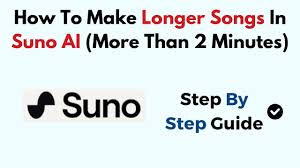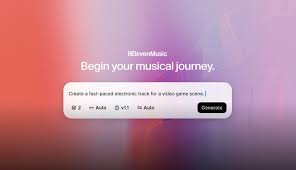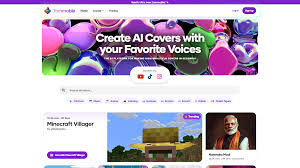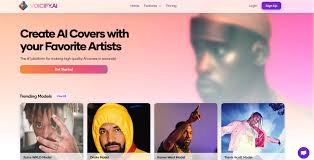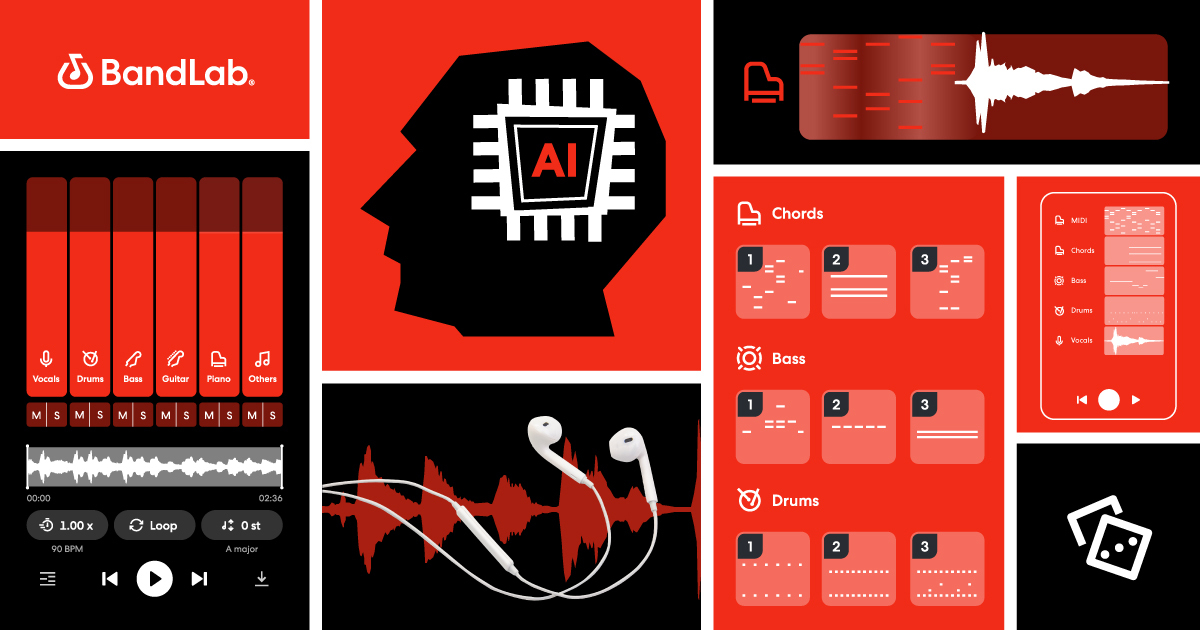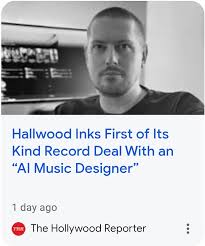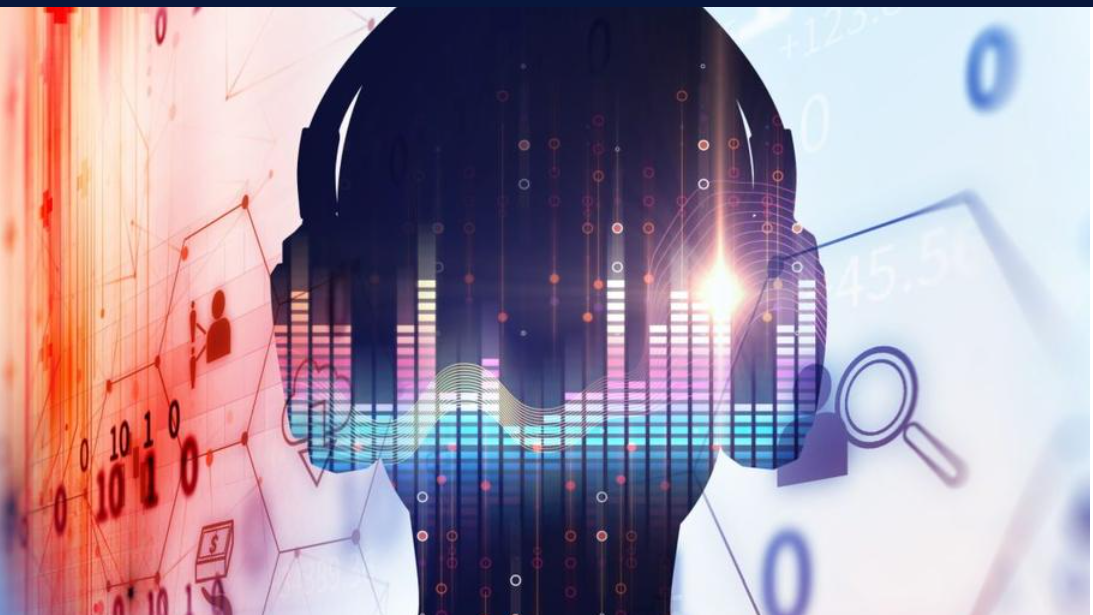Introduction
Planning a live show as a solo artist or small band can be overwhelming—especially when you lack access to a full ensemble. This is where AI-generated backing tracks for live performances are making a real difference.
From perfectly timed drum grooves to harmonized pads and basslines, these intelligent backing tracks are helping performers deliver polished, dynamic shows—without needing an entire band behind them.
In this guide, we explore how to create and use AI-generated backing tracks, the best tools available, and real-world applications for musicians on stage.
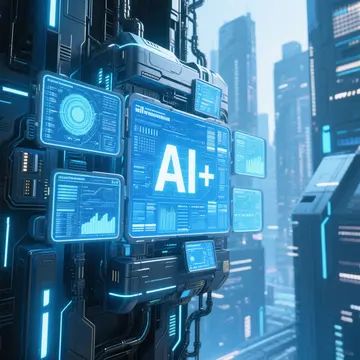
What Are AI-Generated Backing Tracks?
AI-generated backing tracks are automated instrumental accompaniments created using artificial intelligence. These tracks support live performers by filling in musical elements such as drums, bass, keys, strings, or ambient textures.
Unlike pre-recorded loops or manual programming, AI tools can:
Automatically arrange music to match your style
Adapt to different genres or setlists
Provide dynamic variations for intros, bridges, and outros
Why Performers Are Turning to AI-Generated Backing Tracks
| Benefit | Why It Matters on Stage |
|---|---|
| ?? Fuller Sound for Solo Acts | Mimics the depth of a full band |
| ?? Customization with Ease | Create genre-specific or mood-specific arrangements |
| ? Save Rehearsal Time | Auto-generate tracks without spending hours in a DAW |
| ?? Sync with MIDI & Loops | Integrates smoothly with hardware setups |
| ?? Cost-Effective | No need to hire session musicians |
Top AI Tools for Creating Backing Tracks
Here are some AI-powered tools that musicians are using to build backing tracks:
| Tool | Main Features | Best For |
|---|---|---|
| BandLab SongStarter | AI-generated chord progressions and grooves | Pop, Indie, R&B artists |
| Amper Music | Customizable backing tracks for multiple genres | Live demo creation, set planning |
| AIVA | AI-composed orchestral and cinematic music | Ambient sets, film scores live |
| Suno AI | Prompts to create full instrumental tracks | Experimental or lyric-driven gigs |
| HookTheory | Auto-arranged harmonic backing via AI | Jazz, Soul, Complex harmonies |
How to Use AI-Generated Backing Tracks in Live Shows
?? Step 1: Define Your Setlist & Arrangement
Before creating tracks, determine:
Song structure (Intro, Verse, Chorus, Bridge, Outro)
Tempo and key
Instrumentation needs
?? Step 2: Generate Tracks with AI
Use a platform like BandLab or Suno AI to generate the base track. Choose:
Style (e.g., acoustic, electronic, funk)
Instrument layers (drums, bass, synth)
Arrangement length and complexity
?? Step 3: Edit and Export for Live Use
After generation:
Tweak levels and transitions in a DAW (Ableton Live, Logic Pro)
Export to stems or one full track
Match tempo to your performance BPM
?? Step 4: Integrate into Live Setup
Import into loop stations (e.g., BOSS RC-505)
Sync with Ableton Live for triggered segments
Use backing tracks with in-ear monitoring for tight sync
Case Study: AI Tracks on Tour – Solo Artist “Rhea Luz”
Background:
Rhea Luz, a synth-pop solo artist from Berlin, struggled with recreating her studio sound in live settings due to budget and time constraints.
Solution:
Using Amper Music and Ableton Live, she generated custom backing tracks for her 6-song set. She performed vocals live over the AI-produced instrumentals.
Results:
40% less setup time for shows
Audience feedback noted “sound felt like a full band”
Saved €3,000 in session musician fees for the tour
Common Concerns and How to Handle Them
| Concern | Solution |
|---|---|
| “Will it sound robotic or fake?” | Edit AI tracks in a DAW to add human feel |
| “What if I want to improvise?” | Use stem-based playback for real-time flexibility |
| “Is it cheating to use AI live?” | Think of it as tech-enhanced artistry—not a shortcut |
FAQs
Q1: Can I legally use AI-generated backing tracks in commercial shows?
A: Yes, as long as the tool you’re using grants commercial rights. Always check the platform’s terms.
Q2: Can I sync backing tracks with my live band?
A: Absolutely. Many musicians use a click track or MIDI sync to keep live instruments aligned with AI stems.
Q3: Which genres work best with AI-generated backing tracks?
A: Pop, electronic, hip-hop, ambient, indie rock, and even jazz—depending on the tool’s capabilities.
Q4: What gear do I need to use backing tracks live?
A: A laptop with a DAW, audio interface, or loop pedal station, plus in-ear monitors or PA system.
Future Trends: AI-Driven Interactive Performances
We’re moving toward AI that reacts in real-time to your voice, movements, or MIDI triggers. Projects like Google’s Magenta, Spotify’s AI DJ, and real-time AI loopers are paving the way for responsive, improvisational AI accompaniment—blurring the lines between human and machine.
Final Thoughts
AI-generated backing tracks for live performances are not only practical—they’re empowering. They allow solo artists, small bands, and touring musicians to bring fully produced sounds to the stage with minimal cost and maximum control.
Whether you're a seasoned performer or just starting out, AI is a tool you can trust to enhance—not replace—your creativity.

